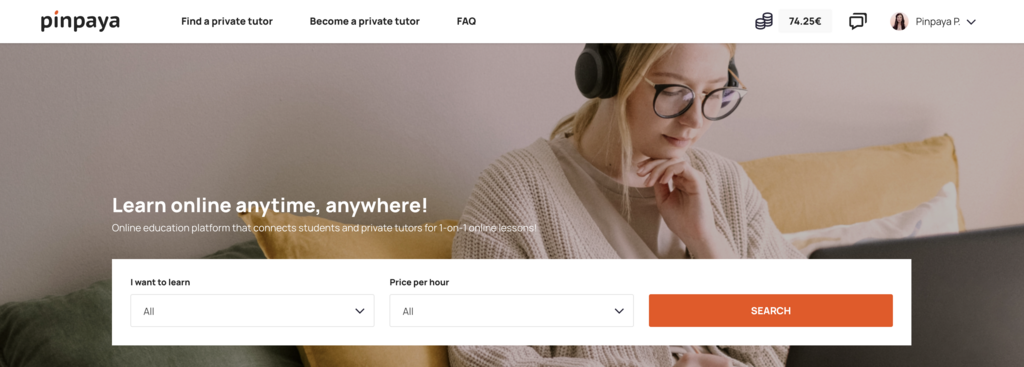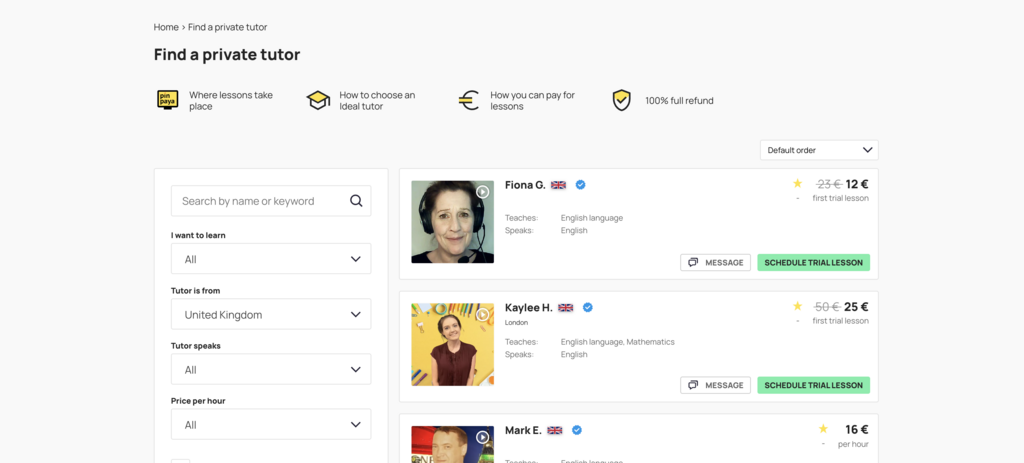Revolutionize Education with a Custom Learning Platform: A Guide to Development and Design
Revolutionize Education with a Custom Learning Platform: A Guide to Development and Design
The world of education is evolving rapidly, and with the advent of technology, there has never been a better time to revolutionize the way we learn. Custom learning platforms are the future of education, and they have the power to transform the way we teach and learn. From personalized learning paths to gamification and interactive content, custom learning platforms offer a wealth of benefits that traditional methods simply cannot match. However, creating a custom learning platform from scratch can be a daunting task, requiring a combination of technical expertise and instructional design knowledge. In this guide, we will explore the key steps involved in developing and designing a custom learning platform, from defining your goals and audience to choosing the right features and functionalities. Whether you are an educator, a training professional, or a technologist, this guide will provide you with the insights and strategies you need to create a custom learning platform that meets your unique needs and objectives.

Benefits of Custom Learning Platforms
Custom learning platforms offer a host of benefits that traditional learning methods simply cannot match. First and foremost, they enable personalized learning. With a custom learning platform, learners can follow unique learning paths that cater to their individual needs and learning styles. This can lead to better learning outcomes, higher engagement, and increased motivation.
Another benefit of custom learning platforms is gamification. By incorporating game-like elements such as badges, points, and leaderboards, custom learning platforms can make learning more engaging and interactive. This can lead to higher levels of participation and retention.
Custom learning platforms also offer the ability to incorporate multimedia elements such as videos, animations, and interactive simulations. This can help to bring learning to life and make it more engaging and memorable. Additionally, custom learning platforms can be designed to be accessible and inclusive, catering to learners with disabilities or other special needs.
Planning Your Custom Learning Platform
Before you begin designing and developing your custom learning platform, it’s important to define your goals and audience. What are your learning objectives? Who is your target audience? What are their learning needs and preferences? Answering these questions will help you to design a custom learning platform that meets your unique needs and objectives.
Once you have defined your goals and audience, you can begin to plan your custom learning platform. This involves deciding on the features and functionalities that you want to include, such as personalized learning paths, gamification elements, multimedia content, and social learning features. You will also need to decide on the technology stack that you will use to develop your custom learning platform.
Designing the User Interface
Designing the user interface (UI) of your custom learning platform is a critical step in its development. The UI is the user’s gateway to the learning content, and it can have a significant impact on the user’s engagement and motivation. When designing the UI, it’s important to keep the user experience (UX) in mind. The UI should be intuitive, easy to navigate, and visually appealing.
One key consideration when designing the UI is the use of color. Color can be used to convey meaning and emotion, and it can also be used to create a sense of hierarchy and organization. Additionally, the UI should be designed to be responsive, ensuring that it can be accessed on a range of devices, including desktops, laptops, tablets, and smartphones.
Developing the Features and Functionalities
Once you have planned and designed your custom learning platform, it’s time to begin developing the features and functionalities. This involves writing code, building databases, and integrating third-party APIs. You will also need to test your custom learning platform to ensure that it is functioning as intended.
When developing the features and functionalities, it’s important to keep accessibility and inclusivity in mind. This means designing the platform to be usable by learners with disabilities or other special needs. For example, you may need to include features such as closed captions, audio descriptions, and keyboard navigation.
Integrating Multimedia Elements
Custom learning platforms offer the ability to incorporate multimedia elements such as videos, animations, and interactive simulations. These elements can help to bring learning to life and make it more engaging and memorable. However, it’s important to use multimedia judiciously. Too much multimedia can be overwhelming and distract from the learning content.
When integrating multimedia elements, it’s important to ensure that they are accessible and inclusive. This means providing alternatives for learners who cannot access the multimedia content. For example, you may need to provide transcripts for videos or audio descriptions for animations.
Ensuring Accessibility and Inclusivity
Accessibility and inclusivity are critical considerations when developing a custom learning platform. Learners with disabilities or other special needs must be able to access and use the platform on an equal basis with other learners. This means designing the platform to be compatible with assistive technologies such as screen readers, magnifiers, and alternative input devices.
Additionally, it’s important to ensure that the language and content of the custom learning platform are inclusive. This means avoiding language or content that may be offensive or exclusionary to particular groups of learners. It also means designing the platform to be culturally sensitive and relevant.

Testing and Quality Assurance
Testing and quality assurance are critical steps in the development of a custom learning platform. This involves testing all aspects of the platform, including its functionality, usability, and accessibility. You will also need to test the platform on a range of devices and in a range of environments to ensure that it is functioning as intended.
Additionally, you will need to ensure that the platform is secure and that learners’ data is protected. This means implementing appropriate security measures such as encryption and authentication.
Launching and Promoting Your Custom Learning Platform
Once your custom learning platform is developed and tested, it’s time to launch and promote it. This involves creating a marketing plan to promote the platform to your target audience. You may need to use a range of marketing channels, including social media, email marketing, and paid advertising.
It’s also important to provide ongoing support for learners who are using the platform. This may involve providing technical support, answering questions, and responding to feedback.
Custom Learning Platform Success Stories
Custom learning platforms have been used by a range of organizations and institutions to transform the way they teach and learn. For example, the Khan Academy uses a custom learning platform to provide free, high-quality educational content to learners around the world. The platform offers personalized learning paths, gamification elements, and multimedia content, and it has been used by millions of learners.
Another example is Duolingo, a language-learning platform that uses gamification and interactive content to make learning fun and engaging. Duolingo has been used by millions of learners around the world and has been shown to be effective in helping learners to master new languages.
Conclusion and Future of Custom Learning Platforms
Custom learning platforms are the future of education, offering a range of benefits that traditional methods simply cannot match. By enabling personalized learning paths, gamification, and multimedia content, custom learning platforms can make learning more engaging and effective. Additionally, they can be designed to be accessible and inclusive, catering to learners with disabilities or other special needs.
As technology continues to evolve, the possibilities for custom learning platforms are endless. From virtual reality to artificial intelligence, there are a range of technologies that can be used to make learning even more engaging and effective. The future of education is bright, and custom learning platforms will play a critical role in shaping it.
If you’re looking for a custom learning platform web development company, write us and we will help you. Our team of experienced developers and designers are dedicated to creating web platforms that exceed our clients’ expectations and help them achieve their business goals. Contact us today to learn more about how we can help you.


